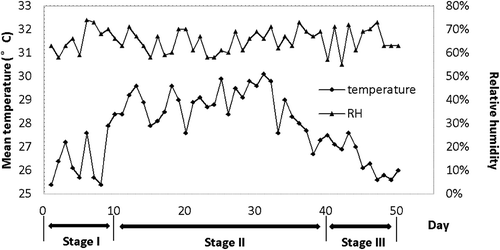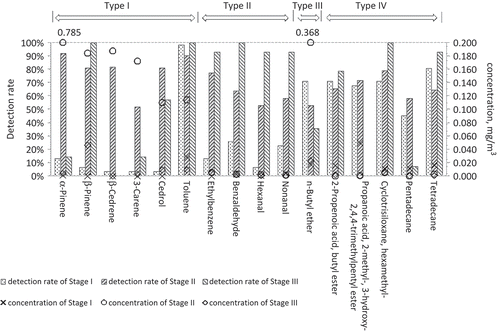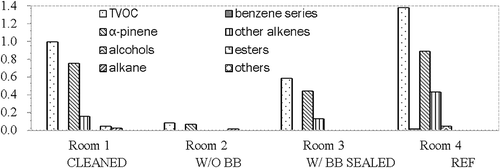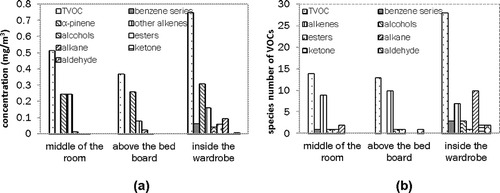Figures & data
Table 1. Sampling points.
Figure 1. Pictures of (a) undergraduate dormitories (four sets of furniture); (b) graduate dormitories (two sets of furniture); (c) Ph.D. candidate dormitories (one set of furniture); (d) classroom; (e) library.
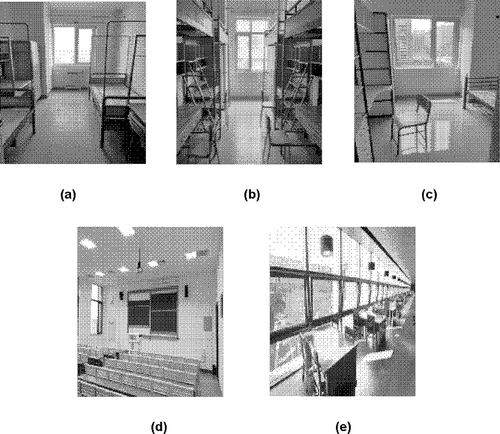
Table 2. Treatment of selected rooms in “bed board test.”
Figure 2. (a) Categories of VOC constituents in different buildings. (b) Mean concentrations of VOC constituents in different buildings.
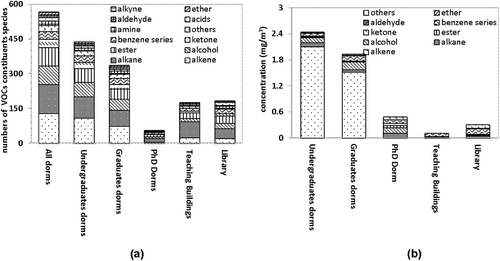
Figure 4. (a) Average concentrations of formaldehyde in buildings. (b) Average concentrations of ammonia in buildings.
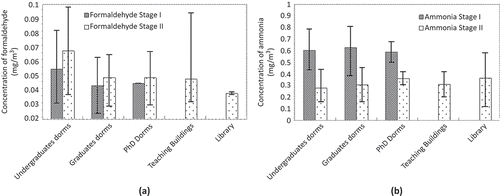
Table 3. VOCs constituents for which the detection rate is more than 50% in dorms, classrooms, and the library.
Figure 6. Scatter distributions of cumulative percentage of VOC constituent detection rates in their relative detection rates.
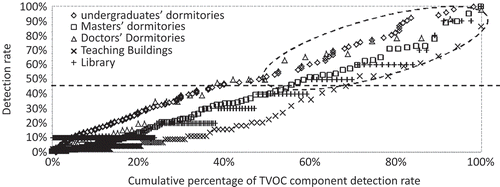
Table 4. VOCs constituents detected in Stage II but that do not exist in Stage I (Type O).
Table 5. Contribution rates of two main sources and decay rates for each VOC constituent after 1 year.


